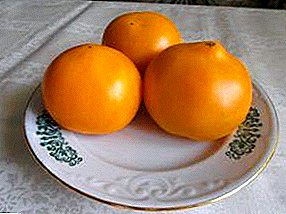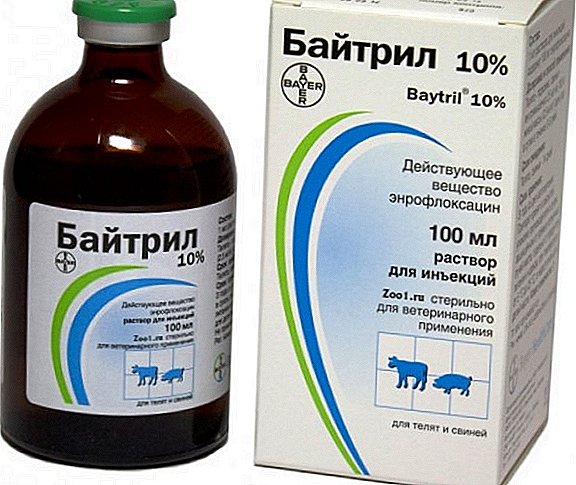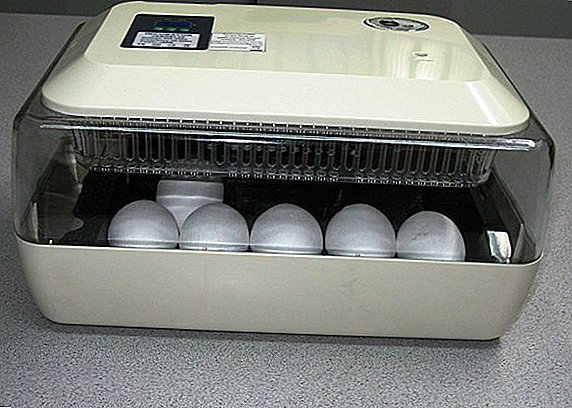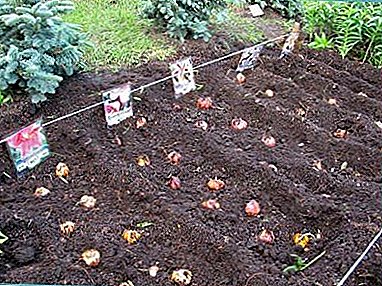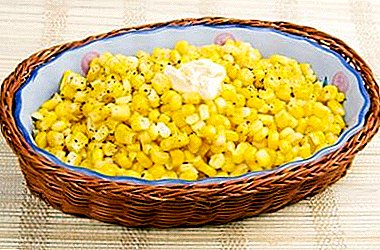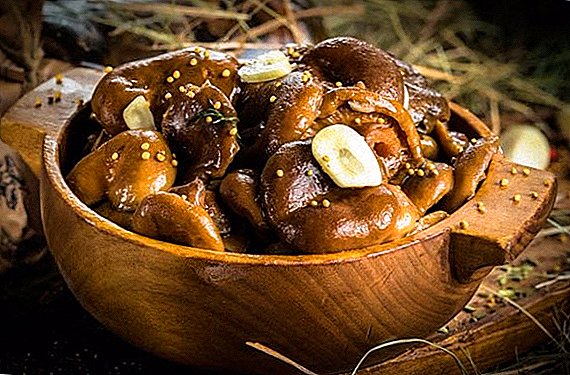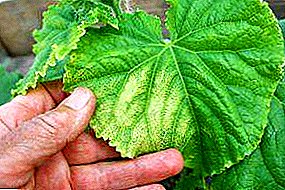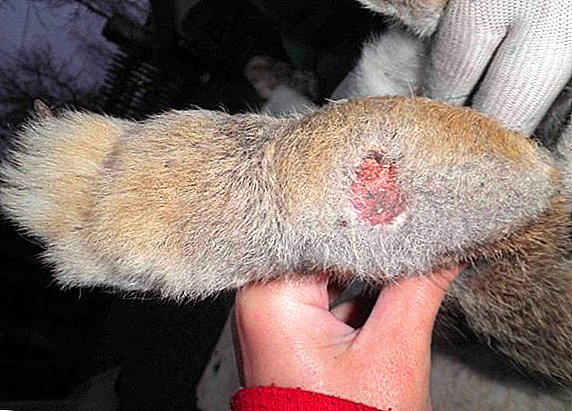 Rabbit owners often encounter such unpleasant phenomena in their wards, as sores and fistulas on their paws. Veterinarians call this phenomenon "pododermatitis" and recommend to take it seriously, because in the case of the advanced stage of the disease the rabbit may die. The treatment of this disease is carried out mainly for ornamental animals. This article focuses on measures to be taken if you find signs of a lesion on your limbs in your pet.
Rabbit owners often encounter such unpleasant phenomena in their wards, as sores and fistulas on their paws. Veterinarians call this phenomenon "pododermatitis" and recommend to take it seriously, because in the case of the advanced stage of the disease the rabbit may die. The treatment of this disease is carried out mainly for ornamental animals. This article focuses on measures to be taken if you find signs of a lesion on your limbs in your pet.
What diseases are associated with paws?
In rabbits, such foot pathologies can occur, such as:
- Pododermatit (more on this ailment will be discussed below);
- various injured paws, abscesses, injuries, fractures;
- paw lesion on the background of infectious diseases (listeriosis, encephalosis), development of paralysis of the limbs;
- fungal phenomena, versicolor (microsporia, trichophytosis).
Did you know? The officially recorded record of life expectancy among rabbits was 19 years.
Let us focus on the most common disease - poddermatitis or plantar dermatitis. The disease manifests itself in the form of alopecia on the soles of the hind limbs of the animal, ulcers and suppurations can develop further. The animal experiences considerable pain when moving, begins to eat poorly, with the further development of the pathology a fatal outcome is possible, against the background of exhaustion and septicemia (blood poisoning). 
Causes of Pododermatitis
There can be several reasons for the appearance of corns:
- overweight individual;
- mesh floors in the cells;
- genetic predisposition (for example, the royal breed);
- liquid fur cover on the legs;
- claws that are too long (the animal moves the hind limbs incorrectly, resulting in the formation of calluses);
- insufficient or excessive motor activity;
- neglect of sanitary standards for the maintenance and care of rabbits.
We advise you to get acquainted with different breeds of rabbits: white giant, gray giant, French ram, marder, Rex, Angora, black-brown, butterfly, Viennese blue, flandre, Soviet chinchilla.
Video: everything about poddermatitis (inflammation of paws) and how to fight it
Most often, elderly individuals are overweight, but disproportionately pubescent hind limbs. Also, young rabbits from 3 months are susceptible to the appearance of corns: they are very energetic and mobile, which can cause the tender heels of the crumbs if improperly treated.
Types of disease
There are two types of poddermatitis: aseptic and purulent. A brief look at each species.
Aseptic
Aseptic Pododermatitis - inflammation of the skin without the presence of pyogenic microflora in the wound. The animal has the following symptoms:
- clumsiness (lameness) when moving;
- slightly increased body temperature (the norm for rabbits - 38-39 ° C);
- bare patches of pink or pale yellow.
Did you know? Rabbit eyes are arranged in such a way that they can observe what is happening from behind, without turning their heads.
Purulent
Purulent Pododermatitis (septic, bacterial) - purulent inflammation of the skin. This form of the disease is divided into several sub-species - superficial and deep.
This form of the disease is manifested by the following symptoms:
- fever;
- obvious limp when moving;
- severe pain in areas of inflammation;
- the presence of wounds, cracks, in the later stages there are fistulas with purulent fluid released.

Stage of the disease
With the development of the disease goes through several stages, and each has its own characteristics. We analyze them in more detail.
Superficial lesion
Superficial injury - affects the upper balls of the soles. If the owner of the animal timely recognizes the signs of illness, treatment will require minimal.
Infected surface
Infected surface is the stage of onset of purulent pododermatitis, when the affected areas are infected with pathogenic microflora. If you take the necessary measures in time and begin a comprehensive treatment, the sick animal can be quickly cured.
Fabric penetration
Tissue lesion - the penetration of the disease into the internal tissues of the paws. At this stage, the disease is treated very long and difficult, up to the need for surgery. After cure there is a chance of recurrence of Pododermatitis in an animal.
Deep penetration
Deep damage is the most severe form when the disease penetrates into the bone tissue and tendons with their subsequent inflammation. No veterinarian can give final predictions about treatment and survival, but it is difficult to call them favorable.
Did you know? Rabbits are able to jump a distance of up to 3 meters.
Treatment rules
As we already mentioned, poddermatitis therapy in the early stages gives good results. It is best to seek help from an experienced veterinarian and carry out all medical procedures under his supervision. The doctor will choose the treatment method that will be effective for this case. 
To disinfect paws
The first step is to clean and disinfect the wound. Cracks, hematomas or suppurations on the paws are carefully cleaned, then disinfected with 3% hydrogen peroxide (Chlorhexidine or an alcohol solution of iodine 1-2% is also allowed). The procedure is carried out daily and several times. Such a frequency of treatment is due to the fact that, following some suppurations, new ones will appear.
Injections are made intramuscularly with the use of Baytril antibiotic or its analogue. The antibiotic is used at the rate of 30 units per kilo of live weight (following the attached instructions).
If the wounds are already bleeding, they should be treated with powder (for example, Dermatol or Tetracycline) or spray (Ksidikol with cortisone). You can also use Vishnevsky ointment, Levomekol or Lifeguard. This measure will help to remove the inflammatory process, and at the same time dries the skin.
Learn more about the organization of the dwelling for the rabbit: the selection and construction of the cage, the manufacture of feeders (bunker) and drinking bowls.
Injection
Specialists practice very effective antibiotic therapy. Treat mainly with Baitril or its analog Bicilin. Injections are administered intramuscularly. Injections provide the greatest absorption of the drug. It is better to enter into the back of the thigh of the rabbit. The amount of medication with 5% dosage is 1-2 mg for babies and 5 mg for adult rabbits. The duration of therapy should be 5 days. 
Dressing
On the affected areas bandage with ointment. The correctness of the dressing is very important, depends on the effectiveness of treatment. Procedure:
- Take a special lining cotton, which is used when applying gypsum. She is not so soon roll up and hold out longer. Ordinary wool, while rolling, gives the animal additional suffering. Form a tampon with cotton, moisten it with abundant ointment.
- Apply a prepared cotton swab to the cleaned surface of the legs. Wind up with a small amount of bandage and put on the baby sock. Sock should also be fixed with a gauze bandage.
- Be sure to hold the animal in your hands for 15-20 minutes. So you will be sure that if the rabbit starts tearing off an uncomfortable bandage, a part of the medicine will still work.
Important! For a successful dressing it is necessary to keep the rabbit in such a position that he moves as little as possible. The best option is to position the animal on the back of the owner in the lap. This position allows you to fix the pet's head between the side and elbow.Take your time during the procedure, do everything thoroughly. It is necessary to change the bandage daily, then the therapy will be much more effective. Be patient, because it may take 30-40 days to complete recovery.
Video: treatment of poddermatitis in rabbits
Treatment by folk methods
Calendula is considered a good remedy for the treatment of poddermatitis. This plant has antibacterial properties and is recommended by folk healers as an effective wound disinfectant. Broth on the basis of calendula washed wounds or impose applications moistened with a tampon in the tool for 5 minutes.
1 tablespoon of the crushed dried inflorescences of a plant or several fresh leaves pour a glass of boiled water. Cool the composition at room temperature. Soak a cotton swab or a simple cloth abundantly with tincture and apply to the affected paws. A tampon is held for only 5 minutes, after which a bandage is applied to the paws. The procedure is absolutely safe, it is desirable to carry out several times a day.
We advise you to read about how to water the rabbits with water, what grass you can feed and which cannot, and how to feed the rabbits in winter.
For the period of therapy, animals need enhanced nutrition. As a useful supplement, feed your pets with medicinal plants. Give them nettle (or plantain), blackberry leaves (or strawberries), calendula, shepherd's bag.
Video: various ways to treat poddermatitis
Preventive measures
Therapy natoptyshey - a costly and time-consuming process, so it is desirable to prevent its development. Preventive measures will help in this:
- The conditions of keeping rabbits must comply with the standards of purity. Cages, bedding and other things used by animals, regularly wash with soap in hot water.
- Monitor the temperature and humidity of the air in the cage;
- Organize proper feeding of animals - their body should be supplied with all the necessary vitamins and other useful elements.
- Individuals should have round-the-clock access to clean drinking water.
- If you are going to serve the rabbit population, first put on special clothing and safety shoes.
- Do not keep healthy animals and those already sick together. Having bought new rabbits, keep them in quarantine for about 30-45 days, after which you can plant them to the general herd.
- When transporting animals, feed or inventory, do not use someone else’s transport, use only a private car with a disinfected body.
- Immediately vaccinate. Individuals are vaccinated from 45 days of age.
- Watch the quality of the surface on which the animals run. The softness of the litter plays an important role, and the cells themselves must be comfortable and spacious. It is recommended to lay velvet fabric, straw, dry thirse or hay on the floor. Once every 30-40 days, treat the wooden floors of the cells with slaked lime.

For indoor pets, carpets and carpets made of synthetics, as well as linoleum, pose a greater threat. All these materials provoke the development of poddermatit. Constantly walking on such surfaces, rabbits wash their tender heels. Prefer cotton fiber.
Important! While walking your pet in the yard, make sure that he does not run on the sand, asphalt or pebbles. The most acceptable surface is ground with grass.
Thus, rabbit owners need to remember that at the first stages, the grabs are not too dangerous. However, it is important to eliminate this nuisance as soon as possible. And in order not to bring inconveniences to your pets and to warn them against trapping, you are required to pay more attention to the conditions of the rabbits and, if necessary, correct flaws.
Try and write your observations here.




